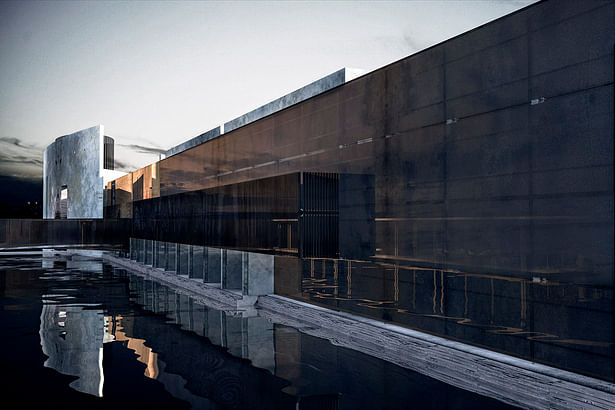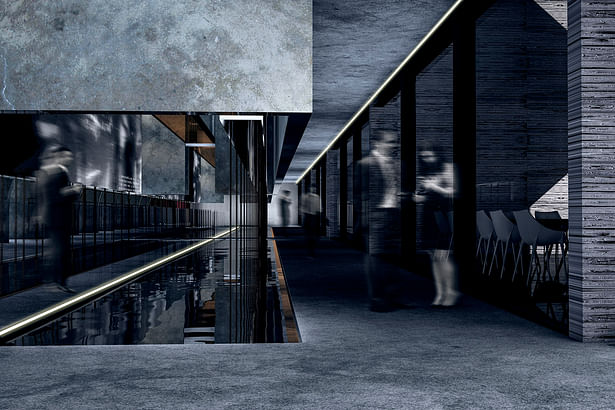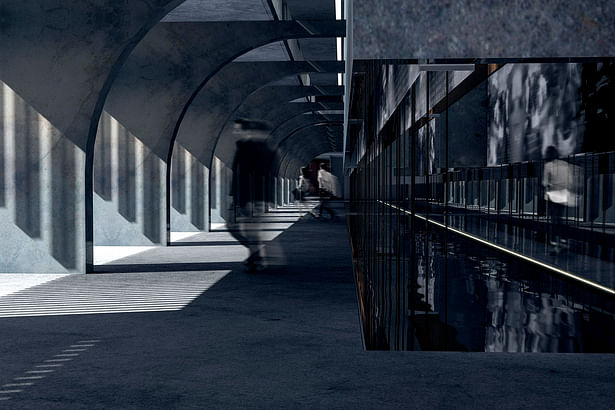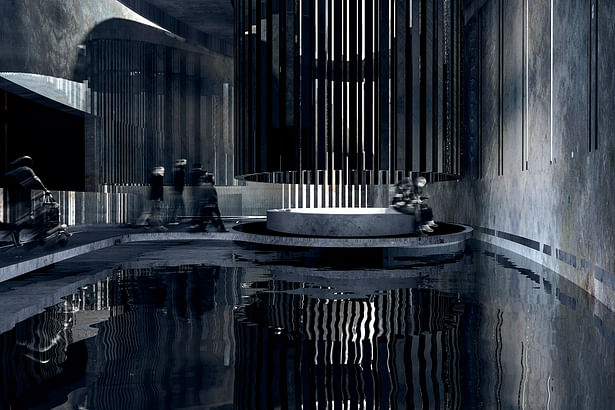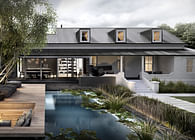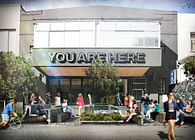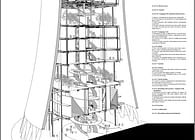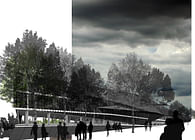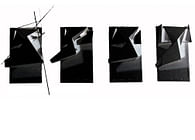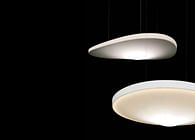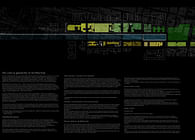
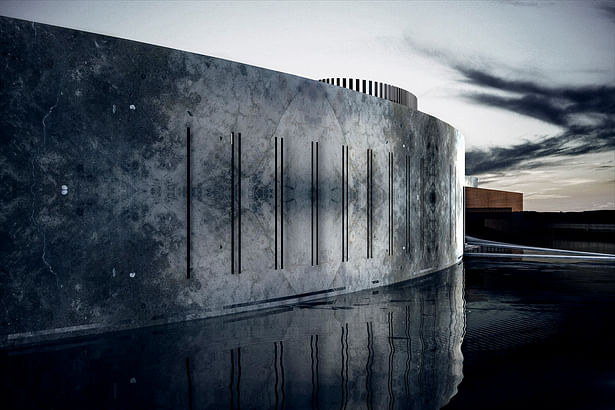
Many communities all over the world are the loci of various forms of violence. This is a complex phenomenon with multidimensional causes and consequences with ramifications far beyond the immediate perpetrators and victims. Violence is central to the South African body politic, as is clearly reflected in its pervasiveness. From whatever perspective one looks at it, South Africa is a structurally violent country where high levels of violence continue to mark the society, and mistrust, suspicion and fear define many interpersonal relationships. In a country where violence is extremely pervasive, and where majority of communities have and continue to be scarred by violence, this reality has received little attention and recognition. To locals these are daily occurrences and to onlookers nothing more than a mere statistic.
Within this context Cape Town is considered one of the most violent hotspots in the country – in fact, it has the highest prevalence of violence – which makes it the optimal basis for addressing violence and its subsequent culture. Apart from the devastating direct social and psychological consequences of violence, the spatial implications of violence occurring in Cape Town have denoted a zeitgeist of segregation and marginalisation.
The architectural intervention advocates the awareness of such ferocious and inhumane realities in an effort to encourage violence prevention and ultimately embrace reconciliation. The project, a clear campaign against continued violence, culminates as a sensorium of violence, a ritualised space through which the individual - socially disconnected and unaware - senses, perceives and interprets his/her sensory environment. The client, the Centre for the Study of Violence and Reconciliation, is a South African non-governmental organisation whom addresses violence and its various manifestations through its research and community programmes; specifically focused on violence generated during democratisation and conflict which resulted from the reconstruction and development of impoverished communities.
The architectural programme culminates as a spatial narrative of violence, grappling with both admissible and inadmissible information. The narrative here is seen as a form of representation bound with sequence, space and time. But it is also regarded as structure, a particular way of combining parts of the project. Given its fragmented nature, the thesis adopts a storyboard methodology as a means of successfully communicating movement and change through space and time. In this sense, violence is represented as a composition of segments, but once placed in sequence, it can be interpreted as continuous.
The building was developed as a linear sequence of repetitive spaces, primarily as a contectual response. The linear organisation essentially consists of a series of exhibition spaces which are directly related to one another and linked through a distinct linear element. A suspended bridge leads the user to the entrance of the building. This not only creates suspense and anticipation but enhances the effect of perspective on the front facade of the building. Circulation is the primary organising element within the building and the configuration of its exhibition spaces. The user is forced on a linear path signified as the narrative. The circulation path passes through the spaces instead of passing by the spaces. This forces the user to experience the building as a whole, thereby concluding the narrative from introduction to end. In cutting through these spaces, the path allows for rest and movement. The building and subsequently the narrative terminates with the climax. This space dominates the architectural composition by being significantly different in size and shape. This space is also strategically placed at the termination of a linear sequence as to call attention to itself as being the most important element in the composition.
Successively, the first section of the building applies the principles of architectural ordering - axis, symmetry, hierarchy, rhythm, datum and transformation. These spaces denote a Euclidean space, didactic in nature. These spaces enlist abstract concepts of arrangement, sequence and classification as means of exerting control over the visitor’s reality. This order brings clarity through organisation and assists the visitor to gain a better understanding of himself/herself in relation to their setting. The linear organisation of this section describes the dominating directional dynamic of the design, which is generated as a response to both site and programmatic considerations.
The second section of the building embraces principles of chaos - fragmentation, juxtaposition, disjunction, and ambiguity. These spaces are complex in nature, expressing intricacy, convolution and multiplicity, characteristics that are diametrically opposed to the Euclidean later. As these spaces symbolise admissible information they employ the same nature of ambiguity, contraction, and contrast in the physical culmination of the architecture. These spaces emphasise fragmentation, disjunction and juxtaposition. Each space is read as a portion of the complete narrative, hinting at or giving clues to the visitor. These spaces attempt to deconstruct the traditional components of architecture by synthesising a new kind of architecture and the subsequent experience thereof. The fluid quality of the curved surfaces in this section of the building contrasts with the angular nature of rectilinear forms in the informative section of the building. These asymmetrical curved surfaces are vigorous and more expressive in nature. Their shapes change dramatically as the users view them from different perspectives.
Status: Unbuilt
Location: Cape Town, ZA
My Role: Architect
